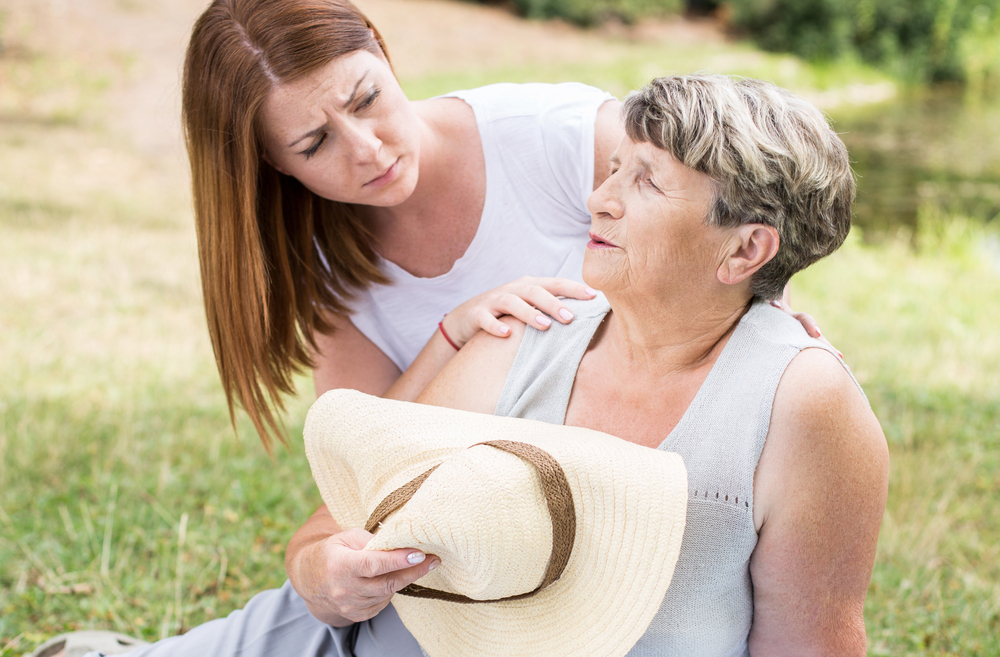Whenever the mercury soars above average, like it has in Queensland’s back-to-back heatwaves, you’ll often hear or read warnings from health experts about heat-related illness. They tell you to keep your fluids up, wear cool clothing, stay out of the sun and watch for signs of dehydration.
It’s a similar message each time and you might think ‘OK, yes, I already know this’ but these warnings come out again, and again, for good reason. Heat-related illnesses can quickly turn serious and even be fatal.
It was fatal for Matthew Hall who died from heatstroke while dirt bike riding on the Sunshine Coast. He was only thirty. And in two weeks would’ve been a father for the first time.
According to Seven News, the pilot “was riding in the Beerburrum State Forest with temperatures hovering in the low 30s when he started to feel sick”.
“Paramedics arrived to assist the 30-year-old who was feeling confused and extremely hot,” it published.
“Tragically by the time the rescue helicopter landed Matthew had deteriorated and his organs were shutting down.”
Heat-related illness affects everyone
His death has been a tragic reminder that heat-related illnesses, like heatstroke (the most deadly one), can affect people of all ages not just the elderly and young children. And it can hit you when you really don’t expect it.
“Heatstroke develops when the body loses its ability to sweat and is unable to cool down. Body temperature rises to 41°C or higher. This can occur rapidly over a period of just 10 to 15 minutes,” according to Queensland Health.
Warning signs include:
- Extremely high body temperature (above 39°C)
- Red, hot, dry skin (although in some cases some sweating may still be evident)
- Rapid pulse
- Throbbing headache
- Dizziness and nausea.
If heatstroke is suspected, call triple-0 and seek medical help immediately. It’s considered a life-threatening emergency.
“Body temperature must be reduced quickly,” Queensland Health said.
While waiting for an ambulance, it recommends the following:
- Move the person to a cool shaded area
- Remove excess clothing
- Immerse the person in cool water, making sure more than just the extremities are cooled (you could place them in a tub or shower, spray them from a hose, or wrap them in a wet sheet and fan vigorously)
- Monitor the body temperature and continue cooling efforts until the body temperature drops below 38°C.
- Do not give the person fluids to drink unless you are confident they can swallow properly
- If unconscious, place the person on their side and clear the airway
- If medical attention is delayed, seek further instructions from ambulance or hospital emergency staff.
How to prevent heat problems
According to Brisbane Times, more than 100 people have been treated for a heat-related illness so far this year. There are several things you can do to help prevent heat-related illnesses including:
- Drinking plenty of fluids (cool water is best). Don’t wait until you’re thirsty to drink. Sip water regularly during the whole day. Urine colour is a good guide to hydration. It should be clear to light straw-coloured, not dark or golden
- Increasing natural ventilation by opening windows and using fans or seeking air-conditioning, if possible
- Monitoring those at high risk. Check elderly people twice a day
- Getting your doctor’s advice about predisposing medical conditions and medications
- Wearing light coloured, loose-fitting clothing
- Limiting strenuous outdoor activity
- Taking cool showers or baths
- Taking time to adjust to the environment
- Never leaving a child or elderly person alone in a car
- Avoiding alcohol, caffeinated drinks and high-sugar drinks
- Limiting hot foods.





